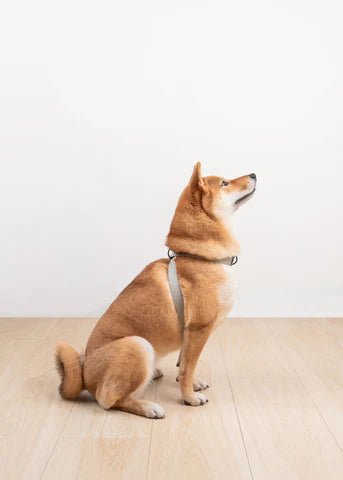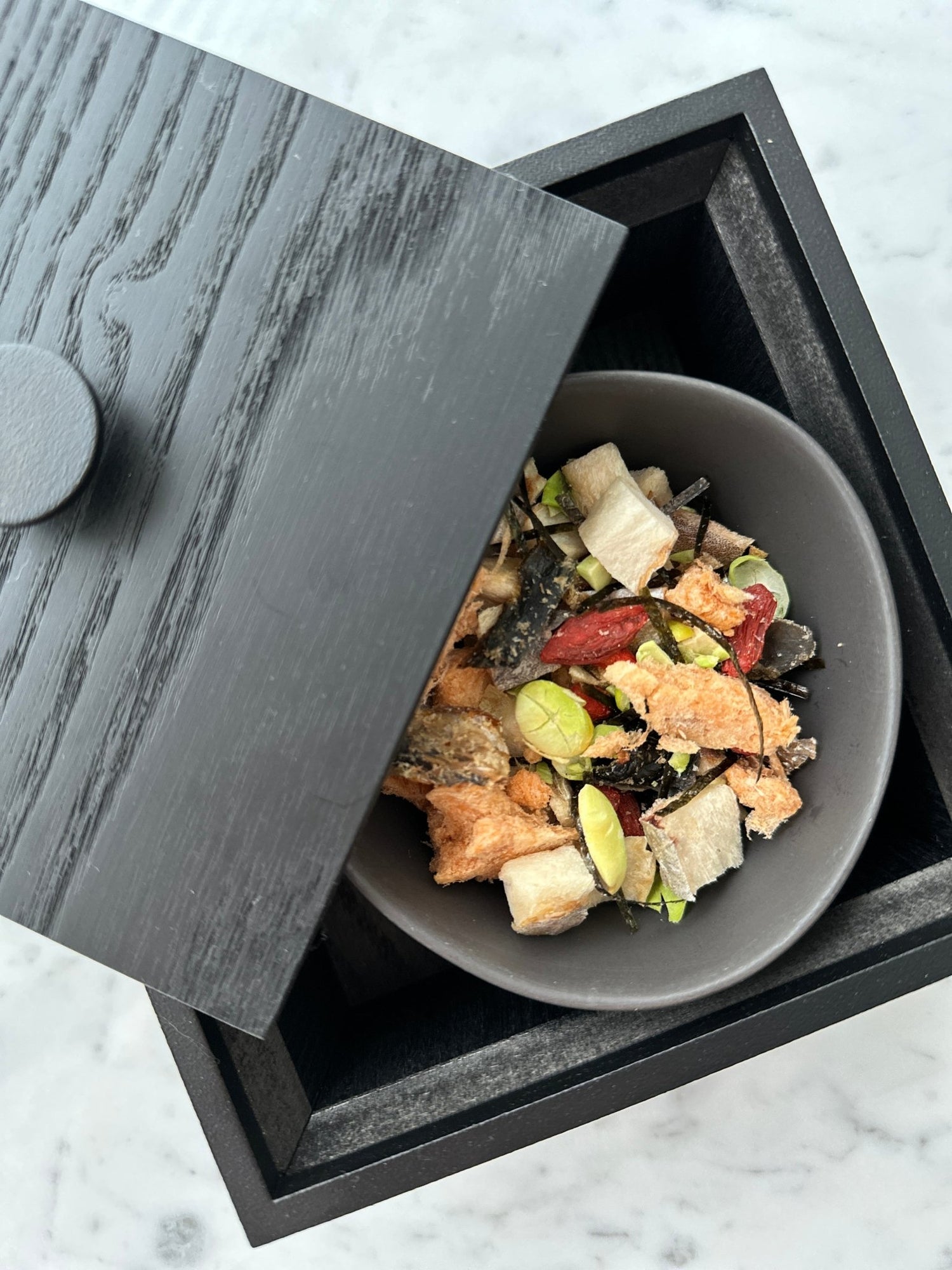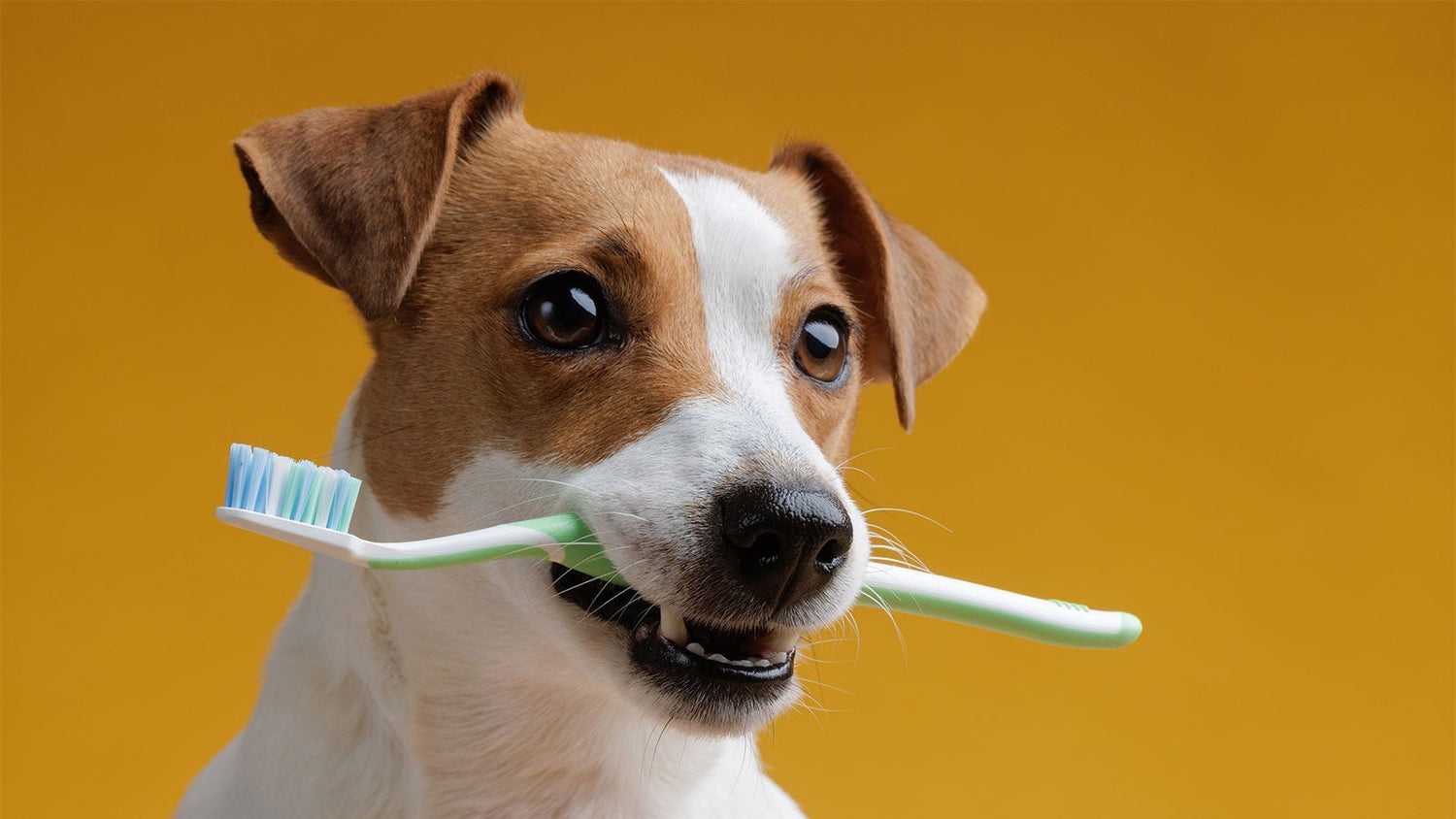Dehydration: Dehydration is one of the earliest methods of preserving food by removing all water content, making the end product smaller and lighter. This process is done at low heat for a very long time, so as not to break down naturally occurring nutrients, enzymes, amino acids and vitamins. Because of the small amount of heat used, the food is not considered completely raw, but it is also far from being considered "cooked". Dehydrated foods do not need to be rehydrated before feeding, and the shelf life is significantly shorter.
Freeze Drying: Raw ingredients are frozen, then placed in a strong vacuum, where the temperature is raised slightly. This causes the frozen water to sublimate - it turns straight from ice into vapor, skipping the liquid phase, and separates from the remaining solid matter. Because all but about 3% of the moisture is removed, freeze dried foods usually require rehydration before serving.
Air Drying: The process very literally dries with air. Raw ingredients are placed into drying chambers, where hot dry air is continually circulated. Operating more like a fan system, the moisture evaporates out of the product. The hot air removes the majority of the moisture from the product, producing a dried product that still looks relatively like the raw product, although a little shriveled.
At Woof Living, we believe that your pup deserves to eat better! We carry freeze dried and air dried treats from The Dog Grocer, and dehydrated bite-sized morsels from Wholesome Paws. All treats are made locally in AVS licensed kitchen, and are 100% free of preservatives, fillers, additives, artificial flavouring and colouring.
Safe for you, but toxic to your pups!
Freeze Drying: Raw ingredients are frozen, then placed in a strong vacuum, where the temperature is raised slightly. This causes the frozen water to sublimate - it turns straight from ice into vapor, skipping the liquid phase, and separates from the remaining solid matter. Because all but about 3% of the moisture is removed, freeze dried foods usually require rehydration before serving.
Air Drying: The process very literally dries with air. Raw ingredients are placed into drying chambers, where hot dry air is continually circulated. Operating more like a fan system, the moisture evaporates out of the product. The hot air removes the majority of the moisture from the product, producing a dried product that still looks relatively like the raw product, although a little shriveled.
One thing to keep in mind is that these foods do not contain any moisture. This means that your dog will need to drink more water to stay hydrated. You should always have fresh water available for your dog especially when feeding dried food.
At Woof Living, we believe that your pup deserves to eat better! We carry freeze dried and air dried treats from The Dog Grocer, and dehydrated bite-sized morsels from Wholesome Paws. All treats are made locally in AVS licensed kitchen, and are 100% free of preservatives, fillers, additives, artificial flavouring and colouring.
How much treats can I feed in a day?
Most dogs' stomachs are bottomless pits and they do not seem to feel full. That means it is up to you to control how much food and how many dog treats they get per day. Treats should be a part of a balanced diet and is not a replacement for meals. Even if you are giving healthy and natural options, treats should not exceed 10% of your pet's daily intake. The bulk of your dog's calories should come from their regular food, which is designed to meet their nutritional needs.
The biggest danger of feeding your dog too many treats is obesity. Obesity can lead to weight related illnesses, which can impact your dog's health and well being. A few extra pounds may not seem like much, but they affect more than just your dog's waistline. Carrying extra weight can predispose your dogs to conditions such as arthritis, heart disease, diabetes, and even cancer.
Safe for you, but toxic to your pups!
Some human snacks can cause acute kidney failure, intestinal blockage, liver failure, seizures, diarrhea, vomiting and fever when fed to dogs. Dogs should never eat:
- Grapes and raisins
- Artificial sweeteners - xylitol
- Macadamia nuts
- Chocolates
- Alcohol
- Onions and garlic
- Coffee, tea and other caffeine
- Salt
Always monitor your dog when feeding them. Dogs who gobble up and swallow without chewing should not be left alone when given treats and chews. While many dedicated owners choose to hold on to their dog's chews, CHEWDEN is an interactive feeder that holds your dog's treats. It is safe, effective and mess-free. CHEWDEN grip works with a variety of natural chews ranging from as thin as 0.5cm to 2.0cm, like bully sticks, tendons, and various freeze dried animal parts like chicken feet for example.
When buying treats in stores or online, always read the ingredient label. Analyzing the label helps you identify any ingredients that may not be ideal for your dog. If your dog has allergies, it is important to watch out for any ingredients that may trigger undesirable reactions in your pet. Otherwise, the dog treat may end up doing harm instead of providing enjoyment. Treats are a great way to reward and train your dog. Knowing the right kinds of treats for your dog, the ideal amount to give, are crucial to the health of your pet.





